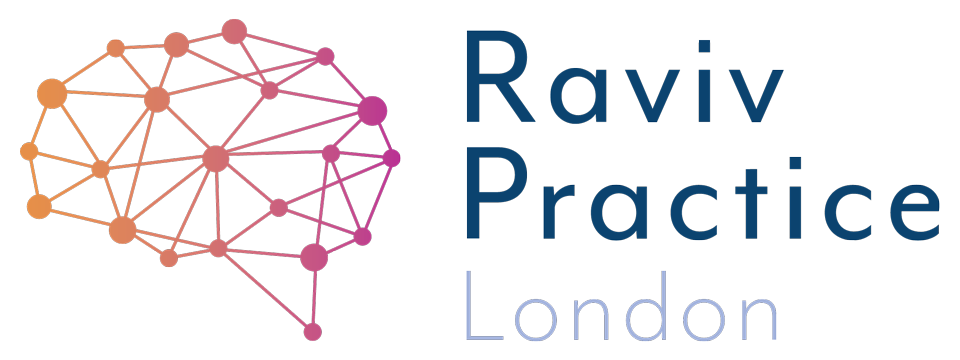
The Safe and Sound Protocol (SSP)
What is the Safe and Sound Protocol (SSP), and why is it important?
Safe and Sound Protocol is a non-invasive therapy designed for children and adults to improve social communication by regulating our physiological state, and enhancing our ability to process human speech.
When working with children (including pre-school) , we want to improve their chances of assimilating information in a formal setting. SSP can be used as a tool for neuro-typical children, to give them a head start. SSP can be used for both children and adults, to help reduce anxiety and foster a calmer, happier individual. SSP is used for children diagnosed with ASD, anxiety and stress. It is known to help improve language skills in non-speaking children.
Based on Dr. Porges’ Polyvagal Theory, the program is derived from nearly four decades of research on the relationship between the autonomic nervous system and social-emotional processes. It is designed to reduce stress and auditory sensitivity, while enhancing social engagement and resilience.
SSP stimulates nervous system regulation by exercising and systematically challenging the auditory system with specifically processed music. This retunes the nervous system (regulating state) to introduce a sense of safety and an increased ability to engage socially.
SSP helps nourish and awaken the nervous system to help: Feel better. Think better. Connect better.
SSP Summary from Dr. Stephen Porges
How can SSP help children?
SSP can help individuals in three key areas of development:
Social Communication ….. Connecting with Others
SSP is a portal to the Social Engagement System, and can have powerful effects on how an individual interacts with the world. For example, better eye contact and facial expressivity, improved understanding of speech, better emotional control, more reciprocal interactions, and increased emotional expressivity, among others.
Physiological State …..Feeling Better in Ourselves
By improving the ability to assess safety in social situations, SSP helps individuals to activate a parasympathetic state by minimising mental and emotional stress. Improving this state promotes behavioural regulation.
Sound Sensitivity ….Thinking with More Clarity and Ease
Sensitivity to sound is a prevalent symptom in a number of disorders. Individuals who experience sound sensitivity may respond negatively to unexpected or loud noises, become distracted or disturbed when there is a lot of or continuous background noise, and/or find it difficult to extract the frequencies of human speech from background noise. With SSP, we have seen significant improvements on the SCAN-3 (a measure of auditory processing), specifically on the Filtered Words and Competing Words subtests. These respectively assess the ability to decipher human speech from background sounds and to hear equally from both ears. The reduction of sound sensitivity allows individuals to think better with more clarity.
Where is it delivered?
The course can be done completely remotely in the comfort of your home. There is one program SSP divided into three pathways: Connect, Core and Balance. Each of the SSP pathways is composed of different filtered, unfiltered and calming 5-hour* music playlists for either children or adults.
The SSP pathways are designed to help the nervous system to better receive, process and respond to the cues and signals from the world around us. This helps us learn how to more easily and consistently feel better regulated in the face of life’s challenges.
*Each playlist is delivered at a pace most suited to the individual and their particular circumstances - this is decided through discussions with the qualified practitioner.
SSP CONNECT
Warm up the nervous system with a gentle and slow introduction, establish familiarity and a sense of safety.
SSP CORE
The original 5-hour listening program designed to wake up, exercise and open the nervous system, to build capacity and achieve reduced sensitivity and a more resilient physiological state.
SSP BALANCE
Continue to stabilise and maintain a sense of calm and grounding, and further integrate the benefits of SSP Core.
What are the results?
What should I do next?
If you are interested in joining an SSP programme, or are just interested in learning more, then:
What other tools does Raviv Practice London have for children at pre-school level or individuals at this developmental level?
There are plenty of other tools to remove stress and anxiety, and nurture the development of better motor coordination for learning readiness, which are an excellent follow-on from SSP. For example, Listening Therapy (iLS) or Reflex Integration Therapy.



